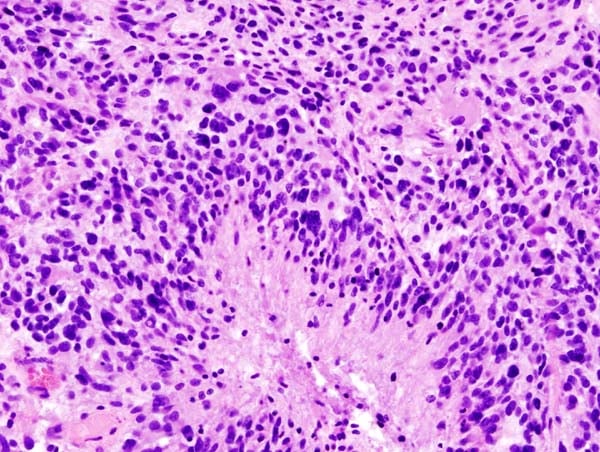- Joined
- Oct 14, 2005
- Messages
- 1,279
- Reaction score
- 7
I've seen this pop up in a qbank question or two, and I'm struggling to get a good definition. I know what palisading means regarding fences or cliffs, but what exactly are they talking about when applied to a malignancy?



